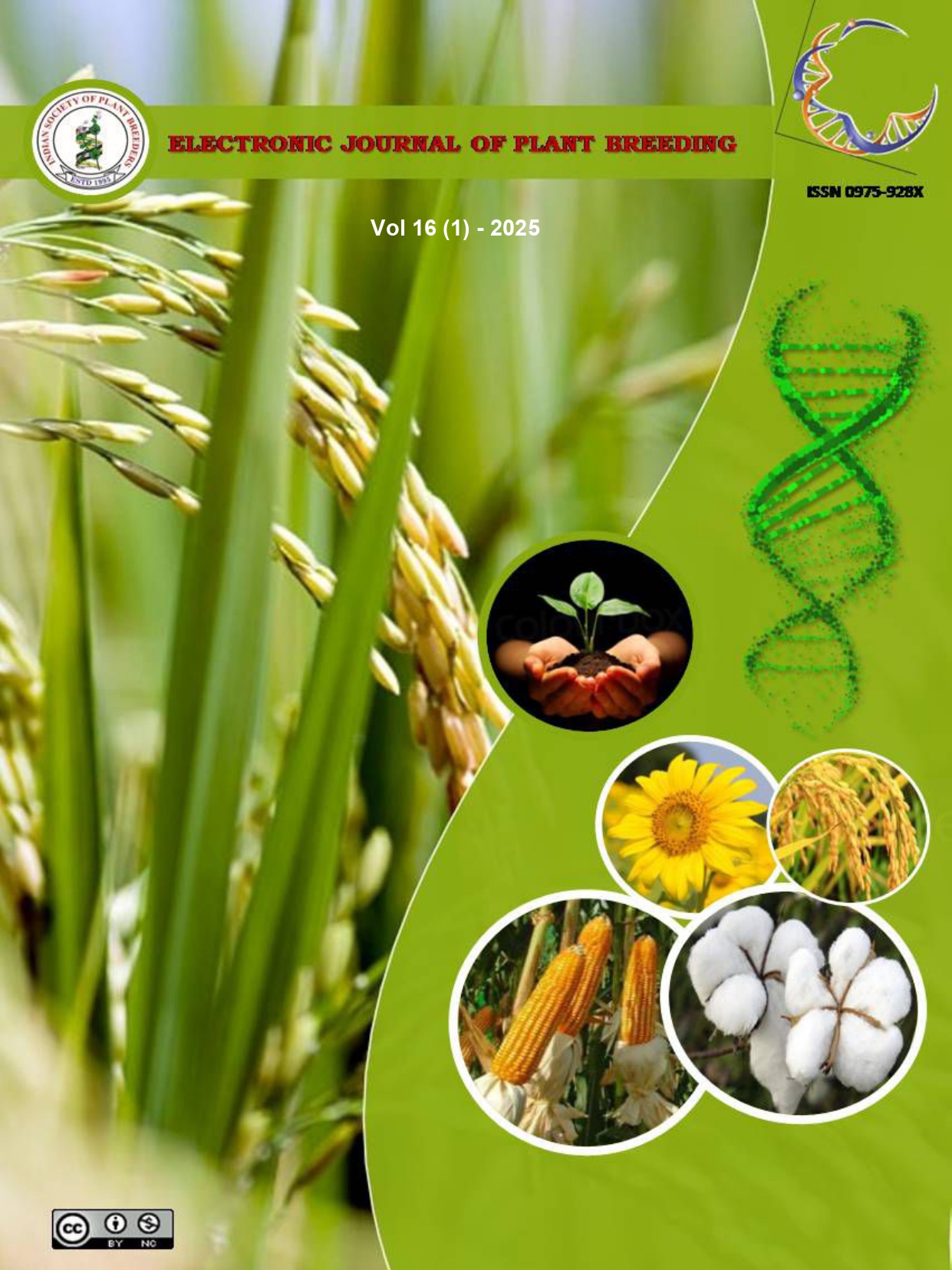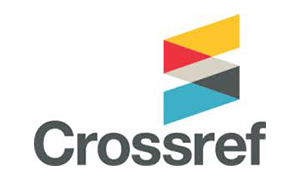Assessment of combining ability and genetic parameters for yield and fiber traits in upland cotton (Gossypium hirsutum L.) using Line × Tester analysis
DOI: 10.37992/2025.1601.010
Abstract
Seed cotton yield and fiber quality are two critical parameters that fundamentally define the economic and industrial value of cotton. The present work focused on improving cotton genotypes both for yield and quality parameters through intraspecific crosses. Estimation of combining ability parameters for forty-five Gossypium hirsutum genotypes employed the Line × Tester mating design. Significant (p≤0.01) differences in mean squares values were observed across all studied traits for the genotypes. Regarding parental lines, P2-103 and P1-190 demonstrated the highest positive general combining ability (gca) effects for seed cotton yield per plant, boll weight, and number of bolls per plant, thereby being identified as exceptional combiners. From the comprehensive set of forty-five crosses, P1-62×Suraksha and P2-36×Subiksha emerged with notable positive specific combining ability (sca) effects across multiple traits. Non-additive genetic variance (σ2D) predominantly exceeded additive genetic variance (σ2A) for most traits, suggesting potential exploitation of superior cross combinations through heterosis breeding strategies.
Keywords: Cotton, Line x Tester, combining ability, GCA, SCA
Assessment of combining ability and genetic parameters for yield and fiber traits in upland cotton Gossypium hirsutum L. using Line × Tester analysis
. 2025. Electronic Journal of Plant Breeding, 16 1, 133-142. Retrieved from https://ejplantbreeding.org/index.php/EJPB/article/view/5289It is certified that:
- The corresponding author is fully responsible for any disputes arising due to the publication of his/her manuscript.
- The article has been seen by all the authors who are satisfied with its form and content.
- The sequence of names of authors in the by-line is as per their relative contribution to this experiment, giving due credit to all scientists who made notable contribution to it.
- All the authors fully understand that inclusion of any other co-authors or exclusion of any co-authors is not possible once the article has been submitted to the journal.
- The corresponding author takes full responsibility for this article.
- The address of the organization where the research was conducted is given.
- The article is exclusive for this journal, and the results reported here have not been sent (and will not be sent during its consideration by this journal) for publication in any other journal.
- Authors agree to abide by the objective comments of referees and do agree to modify the article into a short note as per the recommendation, for publication in the Electronic Journal of Plant Breeding.
- If published in Electronic Journal of Plant Breeding, the copyright of this article would vest with the Indian Society of Plant Breeders, who will have the right to enter into any agreement with any organization in India or abroad engaged in reprography, photocopying, storage and dissemination of information contained in it, and neither we nor our legal heirs will have any claims on royalty.



